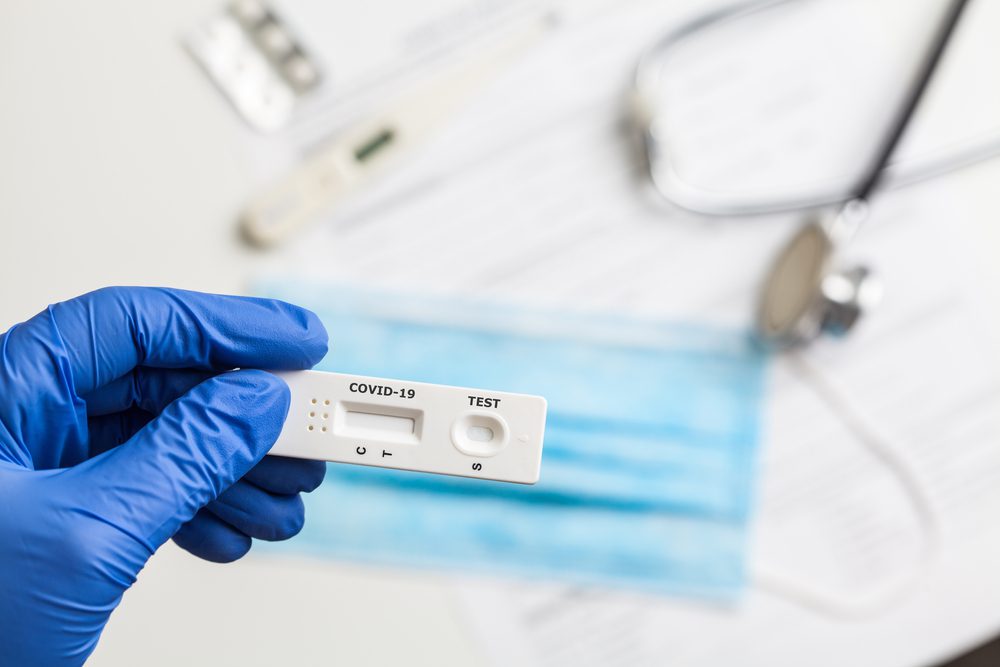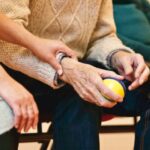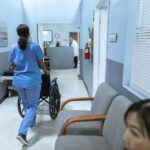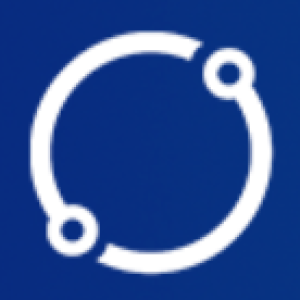The U.S. government announced that the COVID-19 Public Health Emergency (PHE) will end on May 11, 2023. The end of the PHE is likely to impact the clients you serve. This blog post shares four key changes you should know about and ways you can help clients prepare.
For even more resources on serving refugee and immigrant communities before and after May 11, visit the NRC-RIM website. There you can find a conversation guide, a staff guidebook, and key messages. Translated client-facing materials like fact sheets and social media assets are also available in a number of different languages.
What is a Public Health Emergency?
A Public Health Emergency (PHE) is issued by the government when an infectious disease or disorder presents a threat to the public. A PHE declaration allows the government to move money quickly, put in place new government programs, or change existing government programs to protect the public’s health and well-being.
The U.S. government has issued two PHE declarations since the COVID-19 pandemic started in December 2019. These declarations did things like rapidly increase money for vaccine research, provide free vaccines to people in the U.S., and pay for COVID-19-related medical care. Because the pandemic affected people’s jobs and income, the declaration also increased federal food benefits. Related, the Families First Coronavirus Response Act (FFCRA) required that Medicaid programs keep people enrolled (without going through the normal/pre-pandemic reenrollment process) through the end of the month that the PHE ends.
Why is the Public Health Emergency ending?
Because there have been many advances in preventing and treating COVID-19, the U.S. government has decided to end the Public Health Emergency. The ending of the emergency does not mean that COVID-19 is no longer a health risk. COVID-19 continues to impact people’s health in serious and sometimes fatal ways. However, the end of the emergency means that certain federal supports and rules will change.
What changes will this bring for clients, and how can I be prepared?
The ending of the public health emergency will cause many changes. The following four changes are important to highlight with clients:
- Changes to COVID Vaccine and Testing Coverage
During the Public Health Emergency, COVID vaccines and tests (including at-home tests) were free. The federal government will stop paying for vaccines and tests after the emergency ends. However, there will still be ways for people to get free or low-cost vaccines and tests. Most health insurance plans, including Medicaid, will still cover them; public health or community health clinics may offer them to eligible patients; and government programs may occasionally offer them. Encourage clients to:
- Get vaccinated while it is free! – Encourage clients to get their COVID-19 vaccines and/or boosters now. COVID-19 vaccines are safe and have been proven to greatly reduce serious illness and death from COVID-19. Most pharmacies and public health clinics offer COVID vaccines. Many accept walk-in clients.
- Get Vaccinated Campaign – Posters, social media messaging, and other materials in 40 languages encouraging COVID-19 vaccination
- Get the Facts Campaign – Also available in 40 languages, this campaign includes resources about COVID-19 vaccines and boosters, and important information on vaccines for children and people who are pregnant or breastfeeding
- Order tests while they are free!
- Every U.S. household can order four free at-home COVID-19 test kits at https://www.covid.gov/tests. You can also call 1-800-232-0233 (TTY 1-888-720-7489) for assistance in more than 150 languages. NRC-RIM has translated instructions for ordering the tests from the government as well as instructions for how to use them.
- Get free tests at the local pharmacy. People with medical insurance, including Medicaid, can get free tests through most pharmacies until the public health emergency ends. Each person in the household can get a certain number of free tests per month. Encourage clients to go to their local pharmacy, give them their insurance card, and ask them if COVID tests are covered under their insurance. If they are, encourage clients to ask how many tests they are allowed to have per person on the insurance, and then order that amount. Clients can do this each month until May 11, 2023.
COVID 19-Information for Newcomers – This booklet highlighting the most important information about COVID-19 for newcomers to the U.S. is available in 18 languages.
- Changes to COVID Medical Care Coverage
During the Public Health Emergency, treatment for COVID-19 was free to everyone regardless of whether they had insurance. After the Public Health Emergency ends, costs will depend on insurance coverage. If someone does not have insurance, they may be eligible to get free or reduced care at some community health clinics. People who are very sick and have to go to the emergency room or hospital may qualify for special medical care coverage programs, but it depends on the hospital and their eligibility.
Make sure your program site has an up-to-date community resource map or landscape map of medical clinics that offer free and sliding-scale-fee care so you can make appropriate referrals. Be sure to map the Four W’s: Who (name of agency), What (what specific services they provide and to whom), Where (address, bus lines that support access, etc.); When (what days and times are they open).
Encourage clients to take these steps to protect themselves:
- Get vaccinated (see above!)
- Wear a mask – Even if vaccinated, people should consider wearing a mask while in crowded public spaces, especially indoor spaces. People who are elderly or who have compromised immune systems should consider wearing a mask when indoors with others. Resources:
- Wearing a Mask – Fact sheet in 39 languages about wearing a mask
- Conversation Guide: Wearing a Mask – Answers to common questions about masking that center immigrant and refugee perspectives
- The CDC also has resources on masking. Be sure to check your community risk level to know when it is most important to wear a mask.
- Wash your hands – Washing hands frequently and thoroughly helps prevent the spread of germs that cause illness. People should wash their hands with soap and water for at least 20 seconds before touching their eyes, nose, or mouth; after touching their mask; after leaving a public place; and after touching objects or surfaces that may be frequently touched by others. Resources:
- Wash Your Hands – A printout or poster on how to correctly wash your hands in English, Dari, Pashto, Urdu, and numerous other languages
- Handwashing Instructions – Bilingual handouts on how to wash your hands correctly and when and how to use hand sanitizer in Arabic, Traditional Chinese, Simplified Chinese, French, Hindi, Nepali, Russian, Somali, Spanish, and Vietnamese
- Changes to Medicaid Renewal or Reenrollment
During the Public Health Emergency, people with Medicaid were automatically reenrolled at the end of their coverage period without having to show that they were still eligible. When the Public Health Emergency ends, states will go back to pre-pandemic operations and start reviewing eligibility to continue Medicaid benefits. If people on Medicaid do not respond to renewal or reenrollment notices in a timely manner, they may lose their Medicaid coverage and need to make additional efforts to have it reinstated. Encourage clients to:
- Confirm their local public benefits agency has their most up-to-date contact information, including their correct address and phone number. This will help ensure clients do not miss important notices about their coverage or when it is time to renew.
- Pay attention to any mail or messages they receive from the local government agency that manages their Medicaid. You may want to consider giving clients a printout of the agency’s logo so they can look for this logo in the mail. Educate clients about the next steps they can take if they receive a notice or renewal. Make sure clients know where to go (resettlement agency office and hours, community center, etc.) for questions regarding their benefit renewal. Search for your state on the Medicaid website for guidance, communications toolkits, and more.
- Seek help in finding alternative healthcare coverage options as needed. Clients who lose Medicaid but are still within the 12-month ORR eligibility period may be eligible to enroll in Refugee Medical Assistance (RMA). Clients who are no longer eligible for RMA or Medicaid may need assistance with navigating state health insurance marketplaces or employer-based health plans to find plans that best meet their needs.
- Changes to Food Benefits
The Supplemental Nutrition Assistance Program (SNAP) is a government program that helps people below a certain income buy food. During the Public Health Emergency, the U.S. government put more money into SNAP, which meant people on SNAP received more money for food. As of the end of March, all U.S. states have reduced SNAP benefits. While reductions vary, on average, states have reduced benefits by about $90 a month per person. Encourage clients to:
- Access local food banks – Many areas in the U.S. have food banks that help support individuals and families with additional food. Food banks have different eligibility and rules for how often a person can receive food. Make sure your program site has an up-to-date resource list of food banks so you can make appropriate referrals. Be sure to map the Four W’s – Who (name of agency), What (what specific services they provide and to whom/eligibility), Where (address, bus lines that support access); When (what days and times they are open and what requirements they have, like ID). You can also support clients in finding their local food bank by putting in their zip code at FoodFinder.
- Make their SNAP benefits go further – Twenty-five states now offer Double Up Food Bucks, which provides a dollar-for-dollar match to SNAP benefits for fruits and vegetables. You can find out if your state is participating at Double Up Food Bucks. If your state does not participate, the site will tell you what programs are available in your state. Caseworkers can also do an Internet search by entering their geographic area and search terms like “SNAP Match,” “WIC,” and “FMNP match” (for seniors) to get more up-to-date locations.
- Apply for additional food programs – There are many types of food programs like free and reduced-price meals for school children, senior meal programs, and the Nutrition Program for Women, Infants, and Children (WIC). Help clients get connected to an agency or resource that can help determine if they are eligible for any other food programs. You can contact the agency in your state that manages public benefits as well as local community-based organizations. You can also call 2-1-1 to get connected to food resources, or call the USDA National Hunger Hotline at 1-866-3-HUNGRY or 1-877-8-HAMBRE to speak with a representative who will find food resources such as meal sites, food banks, and other social services available near your location.
Looking for more resources on COVID-19? Visit the National Resource Center for Refugees, Immigrants, and Migrants (NRC-RIM) at NRCRIM.org!










